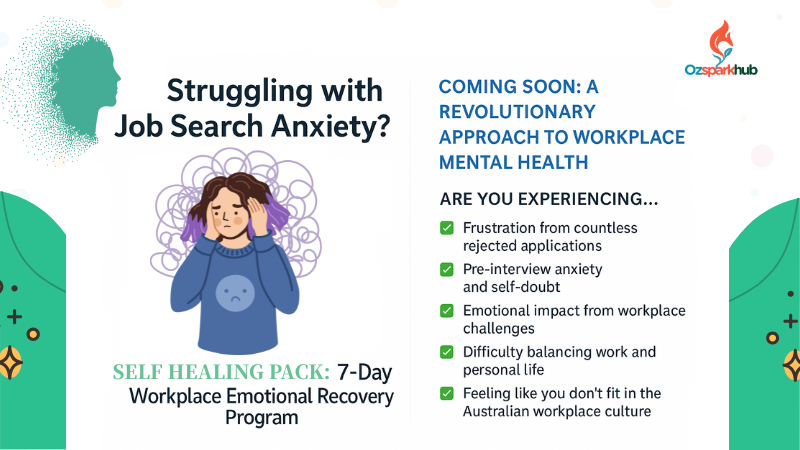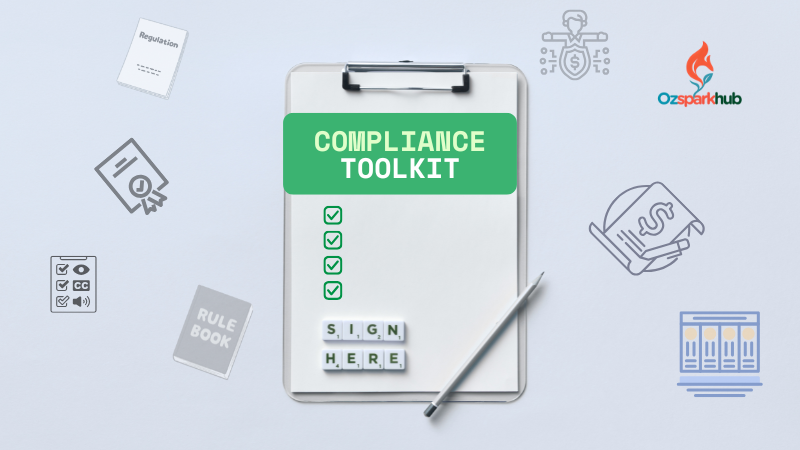From Burnout to Breakthrough: A 3-Step Guide to Rebuilding Your Confidence After a Job Rejection
🔑 Key Takeaways
- Acknowledge the Sting: Give yourself permission to feel the disappointment. Trying to ignore it only makes it worse. A strategic pause is not weakness; it's wisdom.
- Become a Gentle Detective: Separate your self-worth from the outcome. Analyze the process for clues and lessons, not for reasons to blame yourself.
- Stack Small Wins: Confidence isn't rebuilt in one giant leap. It's rebuilt with small, intentional actions that create positive momentum.
It arrives in your inbox with a thud. The subject line is deceptively polite: "An update on your application."
You hold your breath, click open, and there they are. The words. "We’ve decided to move forward with other candidates..."
Let’s not sugarcoat it: it hurts. It can feel like a professional and personal failing all rolled into one. Your energy drains, your motivation evaporates, and the little voice of self-doubt starts shouting. We see it all the time at OzSparkHub. Good people, talented professionals, get worn down by the process.
But here’s the secret that resilient professionals know: a rejection is not a verdict on your worth, it's a data point.
What you do in the hours and days after that email is what separates those who get stuck in a cycle of burnout from those who stage a breakthrough. Here is our practical, 3-step guide to turning this moment of pain into your power-up.
Step 1: The Acknowledgment (The Strategic Pause)
Your first instinct might be to either immediately fire off 10 more applications in a panic or to collapse on the sofa and doomscroll for hours. I want you to do neither.
Your task is to feel it, not fix it. Not yet.
- Give it a Name: Say it out loud. "I'm really disappointed." "I feel frustrated." "I'm sad this didn't work out." Giving the emotion a name takes away its power to lurk in the shadows.
- Set a Time Limit: You're allowed to be down, but you're not allowed to build a house there. Give yourself the rest of the afternoon, or maybe the evening. Watch a movie, go for a walk, cook a meal you love—do something completely unrelated to job searching.
- Avoid the "What If" Trap: Resist the urge to replay every single interview answer in your head. That's not productive analysis; it's self-punishment. We'll get to the analysis in a moment, but from a place of calm, not panic.
Think of this as a strategic pause. You're letting the emotional storm pass so you can see the landscape clearly.
Step 2: The Analysis (The Gentle Detective)
Okay, the initial sting has faded. Now, it's time to put on your detective hat, not your judge's wig. Your goal is to look for clues, not to find someone to blame (especially not yourself).
Your task is to separate the process from the person (you).
- Review the Facts: Look back at the job description. What were the top 3 skills they listed? Now, look at your resume and interview notes. Where was the strongest alignment? Where was there a potential gap? Maybe they needed 5 years of specific software experience, and you have 3. That's not a personal failing; it's a data mismatch.
- Did You Want the Job, or Just A Job? Be brutally honest. Were you genuinely excited about this specific role and company culture, or were you just desperate to land something? Sometimes, a rejection is a redirection. It saves you from a role that would have made you miserable.
- Ask for Feedback (The Right Way): Sending a simple, polite email can sometimes yield gold. Don't ask, "Why didn't you hire me?" Instead, try: "Thank you again for the opportunity to interview. I'm always looking to improve, and if you have any brief feedback on my interview or where I could strengthen my candidacy for future roles, I would be very grateful." Most won't reply, but the one who does could give you a game-changing insight.
This step is about finding lessons, not faults. The goal is to walk away with one or two concrete ideas for your next application.
Step 3: The Action (The Relaunch)
Confidence is a result of action. You can't think your way back to feeling good about yourself; you have to act your way back. But we're not talking about jumping back into the deep end.
Your task is to stack small, easy wins.
- Update Your Resume (with a new insight): Based on your detective work in Step 2, make one small, specific improvement to your resume. Maybe it's rephrasing a bullet point to include a metric or adding a skill you forgot. That's a win. Check it off.
- Connect with One Person: Don't apply for a job. Just find one interesting person on LinkedIn in your target industry and send them a connection request with a simple, genuine note. "Hi [Name], I'm also in the [Your Industry] space and really admire your work at [Their Company]. Would be great to connect." That's a win.
- Learn One Small Thing: Spend 30 minutes watching a YouTube tutorial on a skill relevant to your field. You don't have to become an expert. You just have to be 1% better than you were yesterday. That's a win.
These small actions break the inertia of rejection. They send a powerful signal to your brain that you are still in control and moving forward.
Your Breakthrough is Waiting
Job searching in Australia today is a marathon, not a sprint. Rejection is a part of the race, but burnout doesn't have to be. By following this 3-step process—Acknowledge, Analyze, Act—you take back control. For many, the pressure is amplified by navigating complex systems. If that's part of your challenge, make sure to read our Ultimate Guide to Navigating Workforce Australia to make the system work for you, not against you.
Remember, your value isn't determined by a single 'yes' or 'no' from a hiring manager. It's determined by your resilience, your willingness to learn, and your courage to get back up.
If you're finding it hard to navigate these feelings on your own, you're not failing; you're human. To help you on this journey, we are creating the Fox Healing Pack. . It is not ready yet ,estimated to be completed by the end of this year. It's a curated collection of resources, from a 7 to 30 days emotional recovery plan to guided meditations, designed to help you find your footing and rediscover your professional spark. You've got this. And we've got your back.
From Burnout to Breakthrough: A 3-Step Guide to Rebuilding Your Confidence After a Job Rejection




